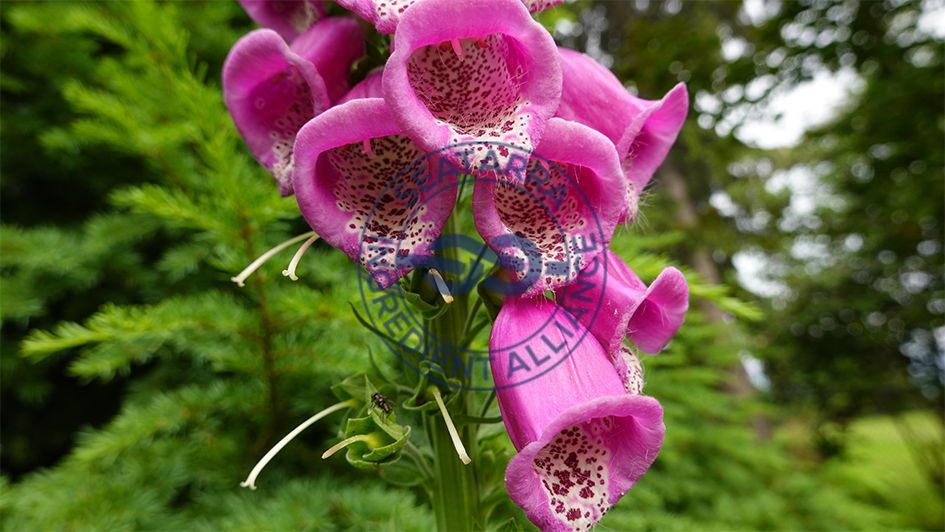
Herbal Heroes: Plants That Have Saved Lives
In the vast expanse of nature’s pharmacy, countless plants possess remarkable abilities to heal, soothe, and even save lives. The annals of herbal medicine are rich with tales of these “Herbal Heroes,” plants whose medicinal properties have been revered across cultures and epochs. This blog post celebrates these extraordinary plants, delves into their history, and explores the science behind their life-saving capabilities. Let’s journey through the green wilderness to uncover the heroes of herbal lore and their enduring impact on human health.
1. Aloe Vera: The Burn Healer
Aloe vera has been hailed as a miracle plant for thousands of years, known primarily for its soothing and healing properties on burns and wounds. The clear gel found in its leaves contains compounds that reduce inflammation, promote skin regeneration, and have antibacterial qualities. From ancient Egyptian and Mesopotamian civilizations using it as the “plant of immortality” to modern applications in dermatology, aloe vera continues to be a critical ally in skin care and wound healing.
2. Willow Bark: The Original Painkiller
The humble willow tree hides a powerful secret in its bark—a natural precursor to aspirin. The active ingredient, salicin, was used by the ancient Sumerians, Egyptians, and Greeks to alleviate pain and fever. Modern science has harnessed this compound to develop aspirin, one of the most widely used medications worldwide. Willow bark’s contribution to pain management and anti-inflammatory treatment is a testament to the enduring power of herbal medicine.
3. Digitalis (Foxglove): The Heart Saver
The foxglove plant, while beautiful, is highly toxic if ingested improperly. Yet, scientists have derived from it a life-saving drug, digoxin, used to treat heart conditions such as atrial fibrillation and heart failure. The discovery of digitalis’s cardiac effects in the 18th century marked a significant advancement in medical science, offering a beacon of hope for patients with heart disease and showcasing the dual nature of plants as both poisons and remedies.
4. Cinchona Tree: The Fever Fighter
The bark of the Cinchona tree, native to South America, is the source of quinine, a compound that has been instrumental in the fight against malaria. European explorers learned of its use from indigenous peoples, and it quickly became a crucial tool in controlling the spread of malaria worldwide. Quinine’s ability to reduce fever and inhibit the malaria parasite has saved countless lives and highlights the importance of preserving biodiversity for its potential to yield new medicines.
5. Garlic: The Ancient Antibiotic
Garlic, while commonly known for its culinary uses, possesses potent medicinal properties that have made it a staple in traditional medicine. Its antibacterial and antiviral effects were known to ancient civilizations, and recent research supports its use in boosting the immune system and reducing blood pressure. The compound allicin, responsible for garlic’s strong odor, is a natural antibiotic that can fight off infections, illustrating how everyday ingredients can harbor extraordinary healing powers.
6. Lavender: The Stress Reliever
Lavender is celebrated not only for its delightful fragrance but also for its ability to relieve stress, anxiety, and insomnia. The calming properties of lavender oil have been utilized in aromatherapy and herbal medicine to promote relaxation and improve sleep quality. In today’s fast-paced world, lavender’s gentle yet potent effects on the nervous system serve as a reminder of the healing power of scent and the subtle strength of herbs in nurturing mental health.
7. Ginseng: The Vitality Enhancer
Ginseng has been revered in traditional Chinese medicine for its remarkable ability to enhance vitality, stamina, and longevity. Modern research has begun to uncover the science behind ginseng’s benefits, revealing its potential to boost the immune system, improve cognitive function, and help manage diabetes. The root’s adaptogenic qualities, helping the body resist stressors, underscore the sophisticated ways in which plants can support human health and well-being.
Conclusion
The plant kingdom holds profound secrets, waiting to be discovered and harnessed for their life-saving properties. These herbal heroes—aloe vera, willow bark, digitalis, cinchona, garlic, lavender, and ginseng—represent just a fraction of nature’s vast medicinal arsenal. Their stories of healing and hope remind us of the deep connections between human health and the natural world. As we continue to explore and learn from these green wonders, we honor the legacy of herbal medicine and its vital role in the journey toward health and healing.
In embracing the power of plants, we not only tap into ancient wisdom but also open new frontiers in medical science, blending tradition with innovation to create a healthier future. The heroes of herbal lore, with their life-saving abilities, stand as pillars of the incredible potential that lies in nature’s garden, urging us to explore, respect, and conserve the natural world for generations to come.



